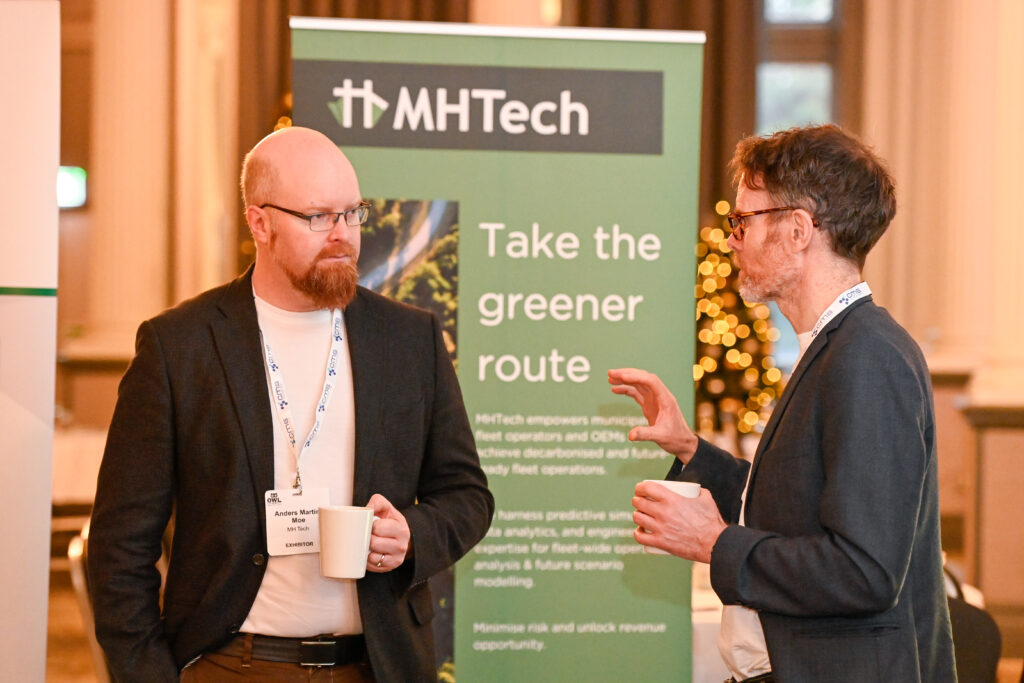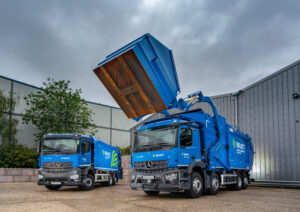MHTech CEO Anders Moe tells FVI that a deep-dive analytical approach to decarbonisation can help operators choose the right vehicle and infrastructure for their specific circumstances, reducing the cost and timescale of the transition.
Up to 20,000 RCVs operate in the UK. This is a small proportion of the UK’s overall HGV fleet, which currently stands at over 500,000 vehicles. Yet, RCVs are a priority target for decarbonisation because of their greenhouse gas and particulate emissions profile.
The use patterns of RCVs ‒ slow stop-start operation, often in densely populated urban environments ‒ result in relatively low mileage per gallon (increasing GHG emissions intensity) and a more significant contribution to localised air quality issues than many other classes of HGVs. However, the cost of eRCVs and the associated infrastructure makes fleet decarbonisation a challenging prospect in such straightened times.
This is where an optimised, end-to-end approach to electrifying an RCV fleet is essential if the business case for transition is to work, argues Anders Moe, CEO of Norwegian decarbonisation software company MHTech.
Decarbonisation targets
Anders points out that RCV operators are under increasing pressure to decarbonise. Many UK local authorities have net-zero targets coming up within this decade, leaving potentially less than one vehicle cycle remaining before solutions must be in place. Meanwhile, government legislation for HGVs appears to be heading for 2035, which is the date by which all new vehicles (HGVs under 26 tonnes) must achieve zero emissions at the tailpipe.
‘While this may provide a little more breathing space,’ says Anders, ‘it must be balanced against a potential missed opportunity to run up the learning curve for fleets that aren’t early adopters of decarbonised solutions.’
The decarbonisation of RCVs has been a consideration for some time, but it was not until the late 2010s that solutions began emerging. Developments in battery technology began to deliver the energy density required to enable an RCV in an urban environment to complete a typical collection round. Greenwich was among the first councils in the UK to trial an eRCV, utilising a re-powered 26-tonne vehicle fitted with a 300kWh battery and partially funded through an Innovate UK grant. Fast forward to today, and we have Westminster Council and supplier Veolia at the vanguard of electrification. Their 20-vehicle eRCV fleet operates out of the Landmann Way depot, south of the Thames in London, powered by an associated waste-to-power plant and trialling vehicle-to-grid storage technology in the latest developments.
Challenges and hurdles
‘RCV fleets offer a ready-made template for decarbonisation,’ says Anders. ‘They have relatively short fixed rounds, predictable routes and use patterns, and return to depot for charging. They also have clear and proximate benefits, including reduced noise pollution and improved air quality. However, decarbonisation remains a challenge. Clearly, the high capital cost of zero-emission vehicles (currently twice the cost of equivalent ICE HGVs) and the associated infrastructure presents a considerable hurdle when councils across the UK report record levels of financial distress.’
Much has been written about the electrification process – careful planning, staff engagement and training, and cross-business engagement – but Anders says this conventional wisdom does not necessarily address the fundamental cost challenge of electrification or realise the potential ongoing benefits of decarbonisation.
The need for in-depth analysis
‘At MHTech, we strongly believe that a deeper analytics approach early in the decarbonisation planning phase pays significant dividends, both in addressing the overall affordability of the transition and planning for a future operation optimised around the selected technology.’
MHTech was founded in Norway in 2016 by Anders Moe and his brother Ole-Harald. Initially, the business focused on building a software solution for decarbonising Norway’s near-shore maritime sector. Still, they soon realised the potential of the software in decarbonising land-based fleets. A relationship with Siemens followed, studying the implementation of electric bus infrastructure across Nordic capitals and helping MHTech realise the potential of the software in decarbonising complex land-based vehicles. The business has since supported decarbonising complex vehicle fleets across the logistics, industrial, and transport sectors.
‘We take a very analytical and software-backed approach to really understanding the energy requirements of both routine and extreme use cases across the fleet operation to gain a detailed understanding of the energy requirements of the operation,’ explains Anders. ‘This allows us to optimise not only vehicle selection and battery sizing but also charging patterns and infrastructure to ensure we work within existing grid parameters as much as possible, thereby reducing the cost and schedule of the decarbonisation process.’
Anders also believes that studying developments in the Norwegian vehicle decarbonisation market has given the business a strong understanding of ensuring that fleet transition plans are future-proofed for various potential outcomes.
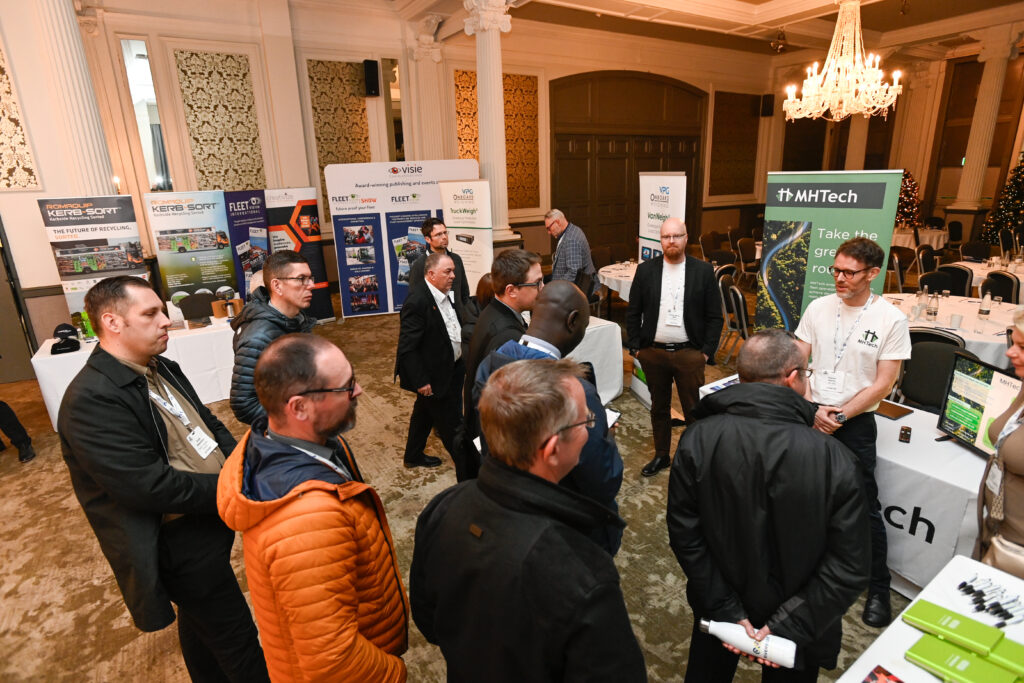
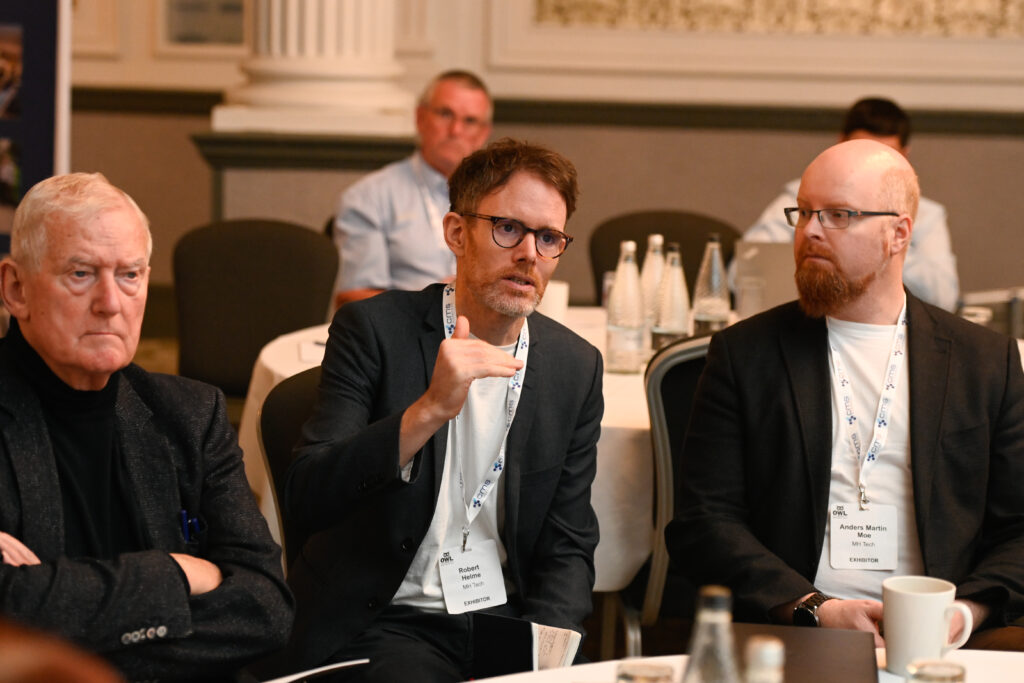
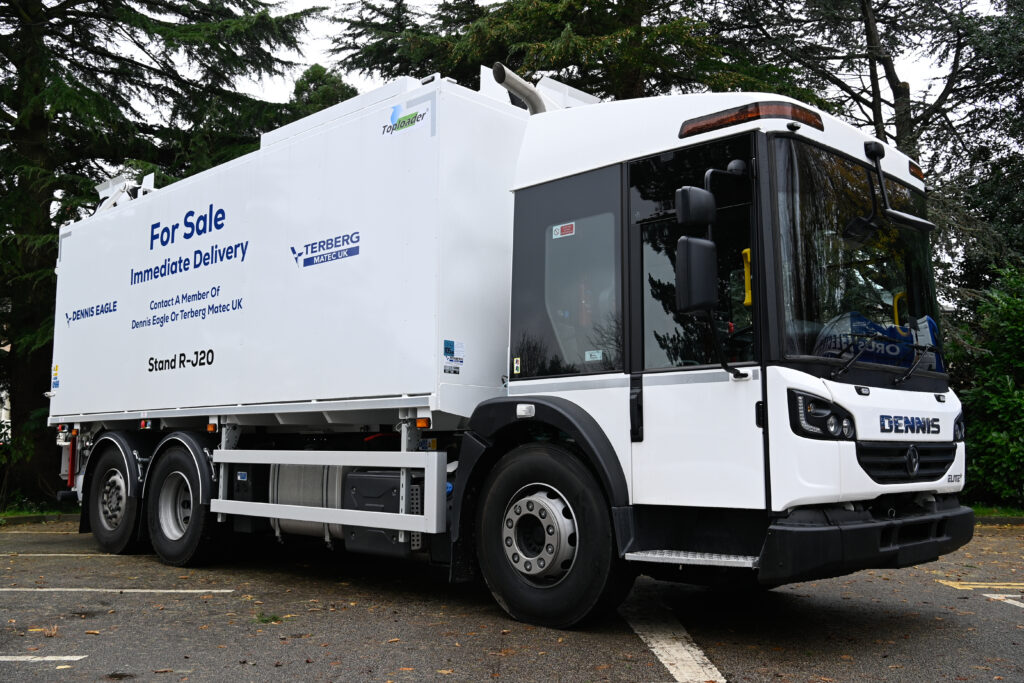
Optimising transition planning
MHTech works with the fleet operator early in the decarbonisation planning process to gather as much data as possible on vehicle movement (route and waste transfer) and idling patterns across daily and seasonal periods.
‘Our in-house software is used to accurately calculate the energy consumption profiles of the vehicle use cases (including ancillary power demands) and build a heat map of energy consumption intensity across the RCV fleet operation. The heat map visualises hot energy-consumption spots, enabling a deeper analysis into causes and potential measures to reduce energy intensity – potentially delivering fuel efficiency benefits before decarbonisation planning has even commenced.’
For decarbonisation planning, Anders explains that the predictive nature of MHTech’s software allows alternate collection routes and alternate
decarbonisation technologies to be simulated in the virtual environment. This enables rapid comparison and screening of potential solutions and an accurate estimate of the energy requirements of adapted routes.
He adds: ‘An important additional factor of MHTech’s analytical and software-backed approach is that we can simulate alternative approaches to depot location – an option that may be open to some local authority fleets when considering their land portfolios. This potentially unlocks an overall more energy efficient fleet and can open up alternate grid connection opportunities.’
Outcomes
Anders argues that the benefit of this software-backed process is a fully tested, robust model for decarbonisation. This ensures the selection of the right vehicle and battery combination and correctly sized charging infrastructure. At the same time, the fleet operating model can be tested and adjusted to cater to the electrified fleet’s characteristics (range and charge time).
‘Our aim in taking such a detailed approach upfront is that the investment case is strengthened and the total cost of ownership of the vehicles is as favourable as possible. Working hard to optimise the transition to an electrified RCV fleet has, we hope, the twin benefits of improving the business case for eRCVs and speeding up the transition to a decarbonised fleet.’

